The Dominican Republic offers a feast for the senses with its colorful palette of flavors. This Caribbean gem’s cuisine is a tapestry woven from the island’s rich history and cultural diversity. Each dish tells a story of Taino roots, Spanish influence, and African heritage, creating a culinary experience that is both authentic and diverse.
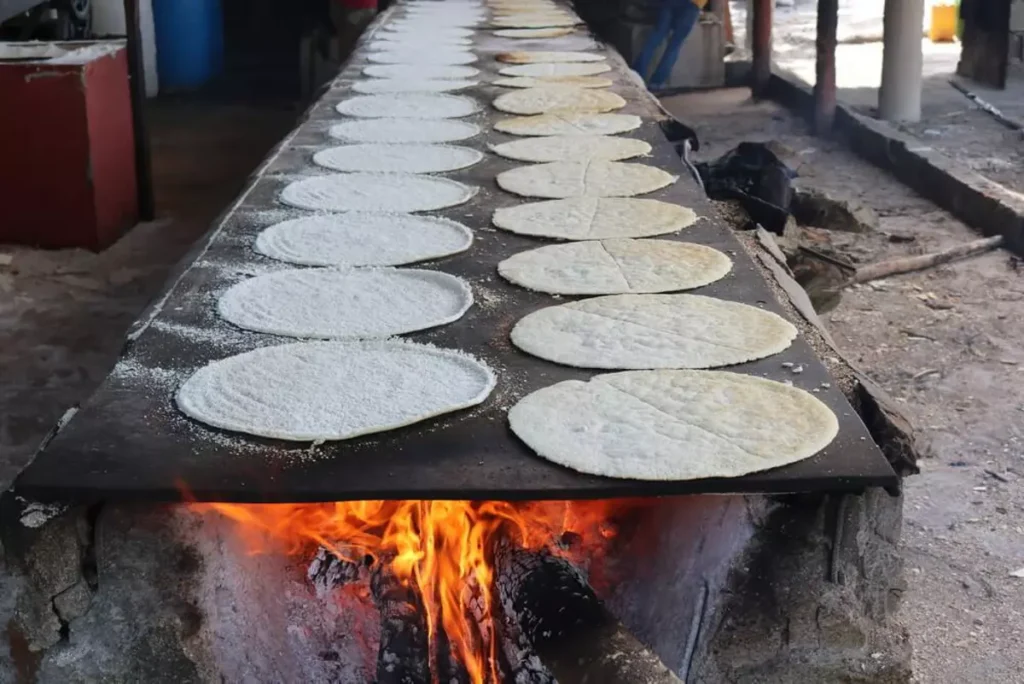
In the bustling markets, the air is fragrant with the aroma of spices and fresh produce. From the sizzling sound of frying plantains to the comforting warmth of a bowl of sancocho, the local fare invites you to delve into a world of taste that is as inviting as the island’s crystal-clear waters and sunny skies. Join us on a journey through the Dominican Republic’s gastronomic landscape, where every meal is a celebration of life, and every bite is a taste of tradition. Let’s explore “What is the food like in Dominican Republic’ in detail.
Historical Roots of Dominican Cuisine
Dominican cuisine is a rich mosaic, reflecting the island’s storied past. The flavors that dance on the palate are a testament to the diverse peoples who have shaped this nation’s culinary identity.
Taino Contributions
The Taino, the island’s original inhabitants, laid the foundation of Dominican gastronomy. Their legacy lives on in dishes like casabe, a flatbread made from yuca, and batata, a type of sweet potato that is still savored across the country.
The Taino also introduced the art of barbecuing on an open flame, a technique that infuses meats with a distinctive smoky flavor that is beloved in today’s Dominican kitchens.

Spanish Flavors
With the arrival of the Spanish came a new wave of ingredients and cooking methods. They brought with them olives, garlic, and a variety of meats, including pork and beef. The Spanish influence is evident in dishes such as arroz con pollo, a comforting chicken and rice dish, and the hearty stew known as cocido, which combines meats with an array of local vegetables.
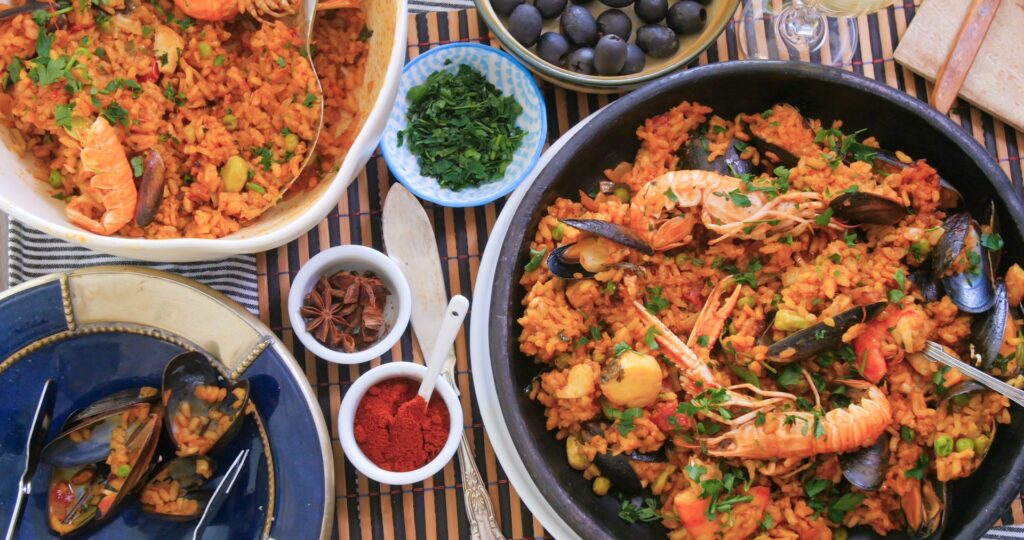
African Savors
African culinary traditions have also left an indelible mark on Dominican cuisine. Ingredients like plantains, taro, and okra were introduced by African slaves and quickly became staples. One of the most iconic dishes resulting from this fusion is mangú, a creamy mash made from plantains, often served with pickled red onions and fried salami.
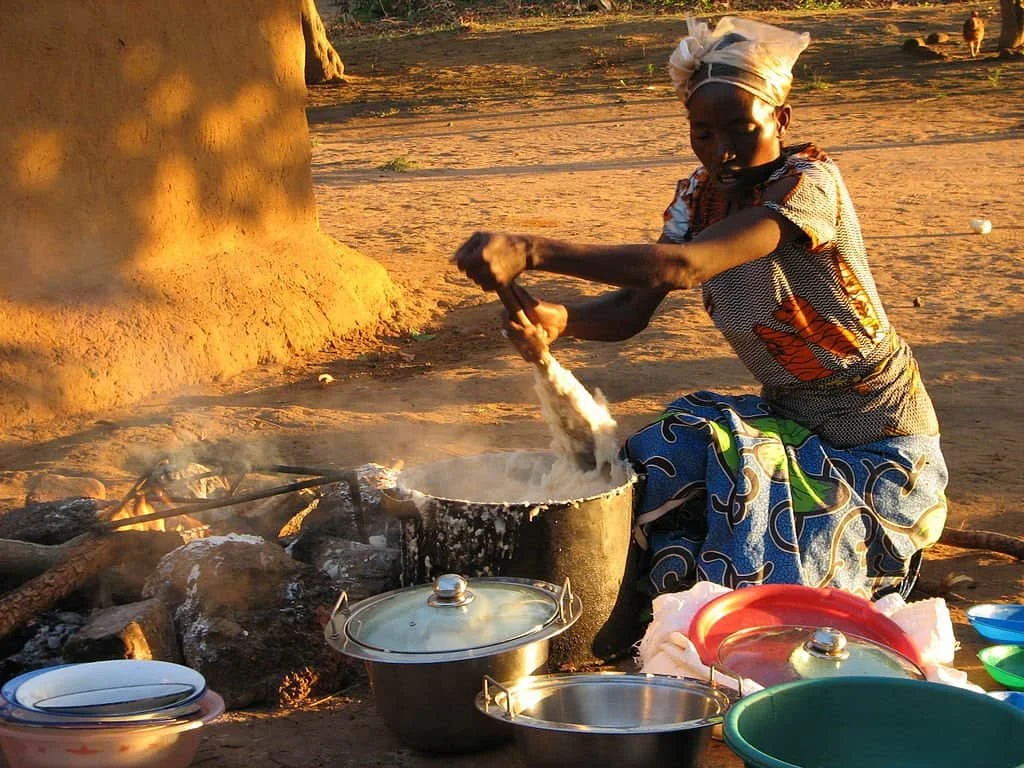
Key Ingredients in Dominican Cooking
Dominican cuisine is as vibrant and diverse as the island’s culture, with a variety of key ingredients that are essential to creating its signature dishes. These ingredients are not just the foundation of the cuisine but also a reflection of the Dominican Republic’s agricultural bounty.
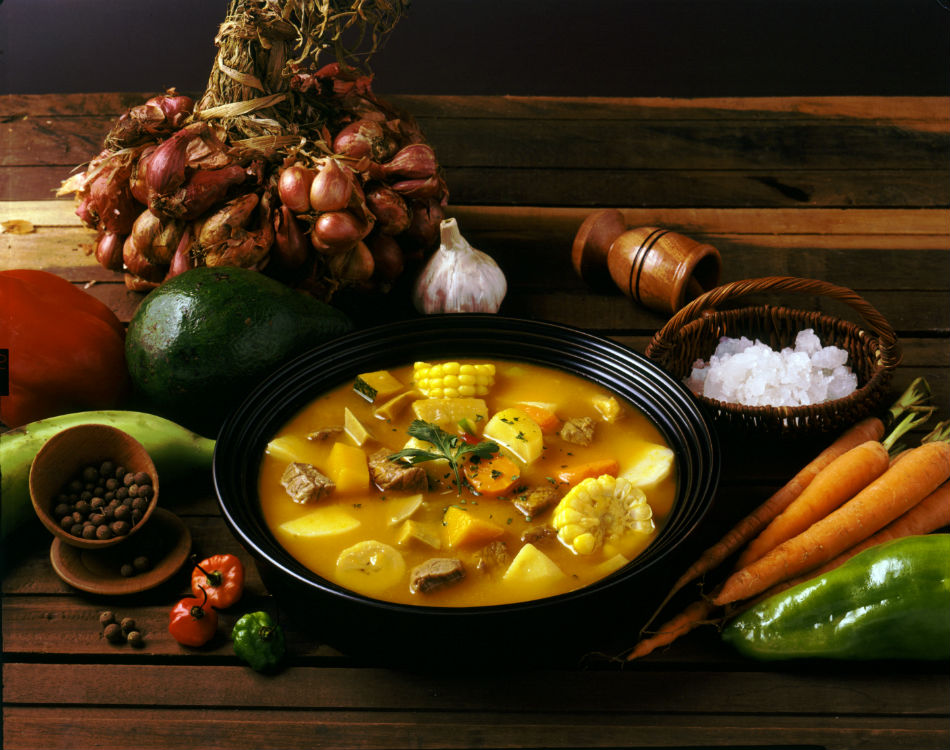
Staple Foods
At the heart of Dominican cooking are the staples: rice, beans, plantains, and meats. Rice is the canvas for many meals, often served alongside beans in the classic dish ‘la Bandera,’ which translates to ‘the flag.’ The dish represents the colors of the national flag and is a source of pride for Dominicans. Plantains, both ripe and green, are versatile and used in dishes like tostones (fried plantains) and mofongo (mashed plantains with garlic and pork cracklings).
Meats
Meat plays a starring role in Dominican cuisine, with chicken, beef, and pork being the most popular. Chicken is often marinated in a blend of citrus and spices before being grilled or fried. Beef is typically slow-cooked until tender, featured prominently in dishes like ‘ropa vieja,’ a flavorful stew. Pork is celebrated in the Dominican Republic, especially during festive seasons, with ‘pernil’ (roast pork shoulder) being a cherished dish.


Seafood
The island’s extensive coastline also means that seafood is a vital part of the diet. Fresh fish, shrimp, and conch are commonly prepared in a variety of ways, from fried to stewed, often accompanied by a side of tostones or rice.
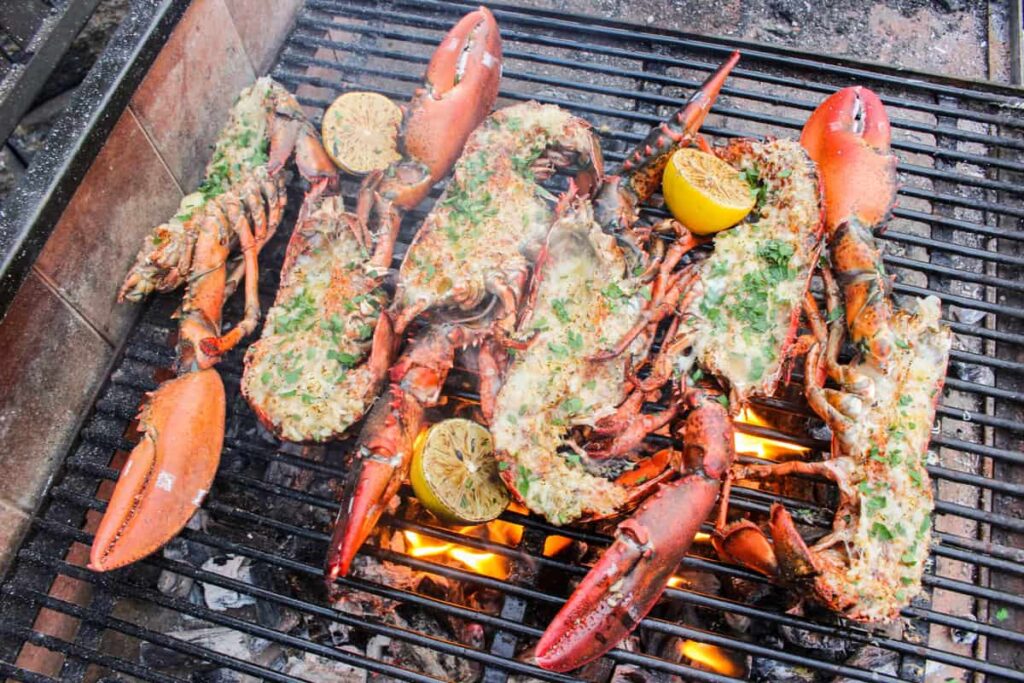
Fruits and Vegetables
Dominican soil is fertile, yielding a bounty of fruits and vegetables that add freshness and color to every meal. Tropical fruits like mangoes, pineapples, and papayas are not only eaten as snacks but also incorporated into savory dishes. Vegetables such as bell peppers, tomatoes, and onions form the ‘sofrito,’ a base for many Dominican recipes, infusing them with rich, aromatic flavors.
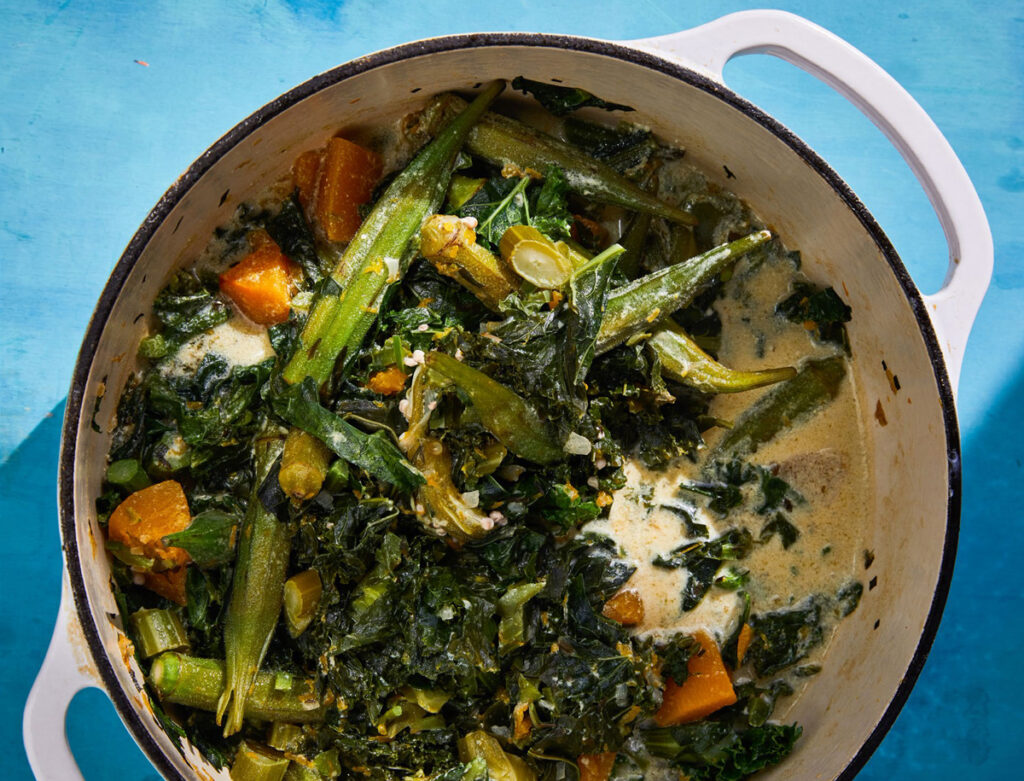
Herbs and Spices
While Dominican cuisine is not typically spicy, it is rich in herbs and spices. Cilantro, oregano, and garlic are staples, providing depth and character to the dishes. The use of these seasonings creates a subtle complexity that is both earthy and robust, a true reflection of the island’s culinary spirit.
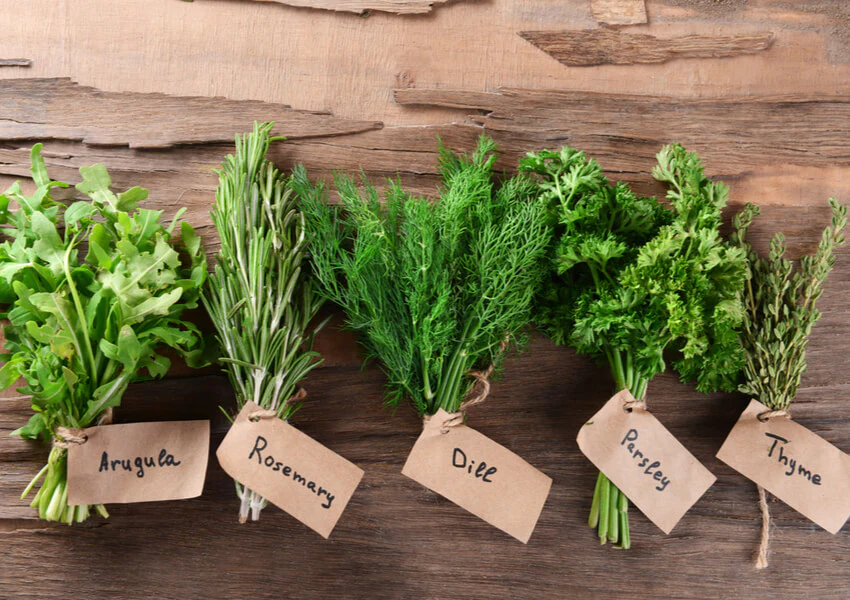
Iconic Dominican Dishes
The Dominican Republic’s culinary scene is a celebration of flavors, where each dish is a testament to the island’s rich cultural tapestry. Here, we delve into some of the most iconic Dominican dishes that have become synonymous with the country’s gastronomic identity.
Comida Criolla (Creole Food)
Dominican Creole food, or ‘Comida Criolla,’ is the soul of the island’s cuisine. It’s a harmonious blend of Taino, Spanish, and African influences, resulting in dishes that are hearty, flavorful, and deeply satisfying. One cannot talk about Comida Criolla without mentioning ‘sancocho,’ a robust stew that combines various types of meat with root vegetables and plantains, simmered to perfection. It’s a dish that brings families together and is often the centerpiece of gatherings and celebrations.
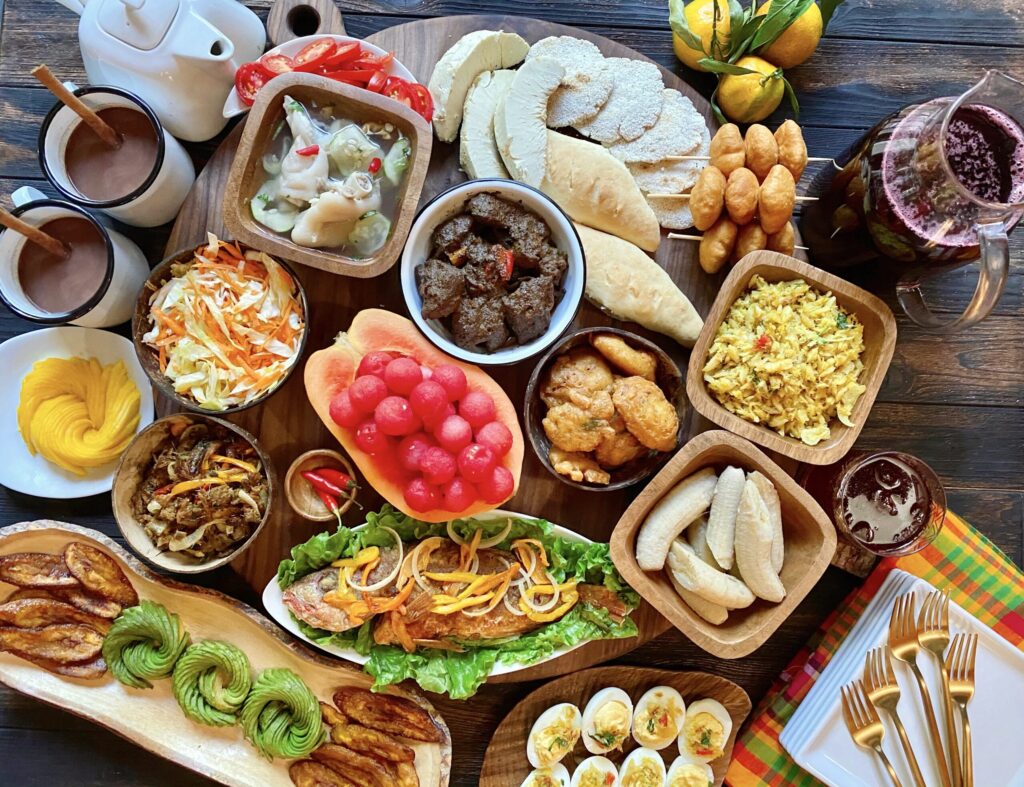
Street Food and Snacks
The streets of the Dominican Republic are a culinary adventure waiting to be explored. Street food vendors offer an array of snacks that are not only delicious but also provide a glimpse into the everyday life of the locals. ‘Empanadas,’ stuffed pastries filled with meat or cheese, are a popular choice for a quick bite. ‘Chimichurris,’ Dominican-style burgers, are another must-try, with their unique blend of spices and toppings that make them distinct from their American counterpart.
The Heart of Dominican Cuisine
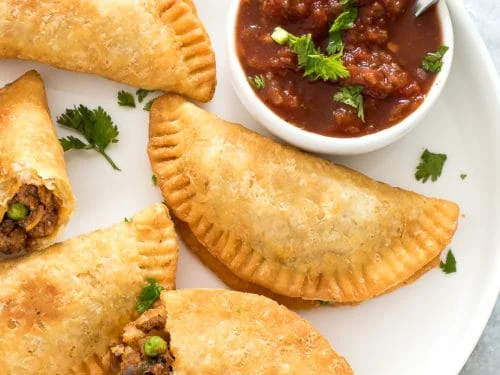
At the heart of Dominican cuisine are dishes that have stood the test of time. ‘La Bandera,’ a traditional lunch meal, consists of rice, red beans, meat, and salad, representing the colors of the national flag. ‘Mangu,’ a breakfast staple, is made from mashed green plantains and is typically served with fried eggs, salami, and cheese. These dishes are not just nourishing but also a daily reminder of the island’s heritage and pride.
A Sweet Note
No exploration of Dominican dishes would be complete without indulging in the sweet treats that round off a meal. ‘Habichuelas con dulce,’ a sweet cream made from beans, is a unique dessert that surprises and delights with its rich, creamy texture and sweet cinnamon flavor. ‘Dulce de leche,’ a milk-based caramel, is another favorite, often spread on bread or used as a filling for cakes and pastries.
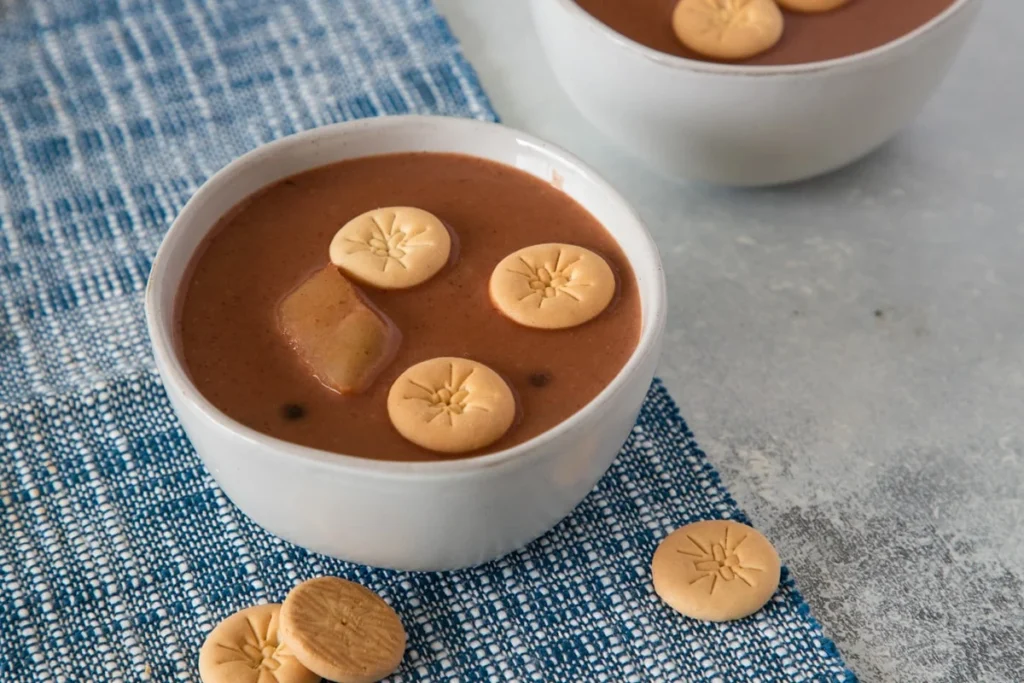
Regional Specialties: What is the food like in Dominican Republic?
The Dominican Republic is not only a tapestry of cultures but also a land of diverse landscapes, each region offering its own culinary delights. From the mountainous heartland to the coastal plains, every area has its specialties that reflect the local environment and history.
The Cibao Valley
In the fertile Cibao Valley, known as the country’s breadbasket, agriculture thrives, influencing the local cuisine. Here, ‘La Bandera’ is often served with ‘pollo guisado,’ a chicken stew rich with tomatoes and herbs, embodying the valley’s bountiful produce. Rice dishes are particularly revered, with ‘arroz con gandules’ (rice with pigeon peas) being a favorite.
The Eastern Plains
The Eastern Plains, with their extensive cattle ranches, are renowned for their ‘Carne de res,’ or beef dishes. ‘Bistec encebollado,’ a steak cooked with onions, is a simple yet flavorful dish that showcases the quality of the local beef. The plains are also famous for their dairy products, with fresh cheeses often gracing the breakfast table.
The Coastal Regions
Along the coast, seafood is the star. In towns like Samaná and Puerto Plata, dishes like ‘Pescado con coco,’ fish cooked in a coconut sauce, highlight the fresh catch of the day. ‘Camarones al ajillo,’ shrimp in garlic sauce, is another coastal favorite, reflecting the simplicity and freshness of seaside cooking.
The Southern Region
The South, with its Afro-Dominican roots, offers some of the most distinctive flavors. Here, ‘mangú’ is often accompanied by ‘pescado frito,’ fried fish, bringing together the flavors of the land and sea. ‘Chenchen,’ a corn-based dish often served with goat meat, is a testament to the region’s robust flavors.
The Central Mountains
In the cooler climate of the Central Mountains, heartier fare is common. ‘Sancocho de siete carnes,’ a seven-meat stew, is a beloved dish that warms the soul. Root vegetables like ‘yautía’ and ‘ñame’ are staples here, often used in soups and stews.
Final Analysis
This is all about “what food is like in the Dominican Republic.” From the Taino’s ancient traditions to the Spanish conquest and African influences, each wave of history has left its mark on the Dominican plate. The result is a cuisine that is not just food but a narrative of resilience, adaptation, and celebration.
Dominican dishes are more than a mere combination of ingredients; they are a reflection of the island’s soul. The hearty stews, the fresh seafood, the sweet tropical fruits, and the robust coffees—all speak to the Dominican spirit of warmth and hospitality.
Whether it’s a simple plate of ‘mangu’ at breakfast or a complex ‘sancocho’ shared among friends, each meal is an invitation to connect with the island’s heritage. As we conclude this exploration of Dominican cuisine, it’s clear that the food of this Caribbean nation does more than satiate hunger—it brings people together, it tells stories, and it creates memories.
It’s a testament to the island’s bountiful resources and its people’s creativity in the kitchen. For those who visit the Dominican Republic, the flavors they encounter will linger long after their journey ends, a delicious reminder of the island’s enduring charm and culinary richness.
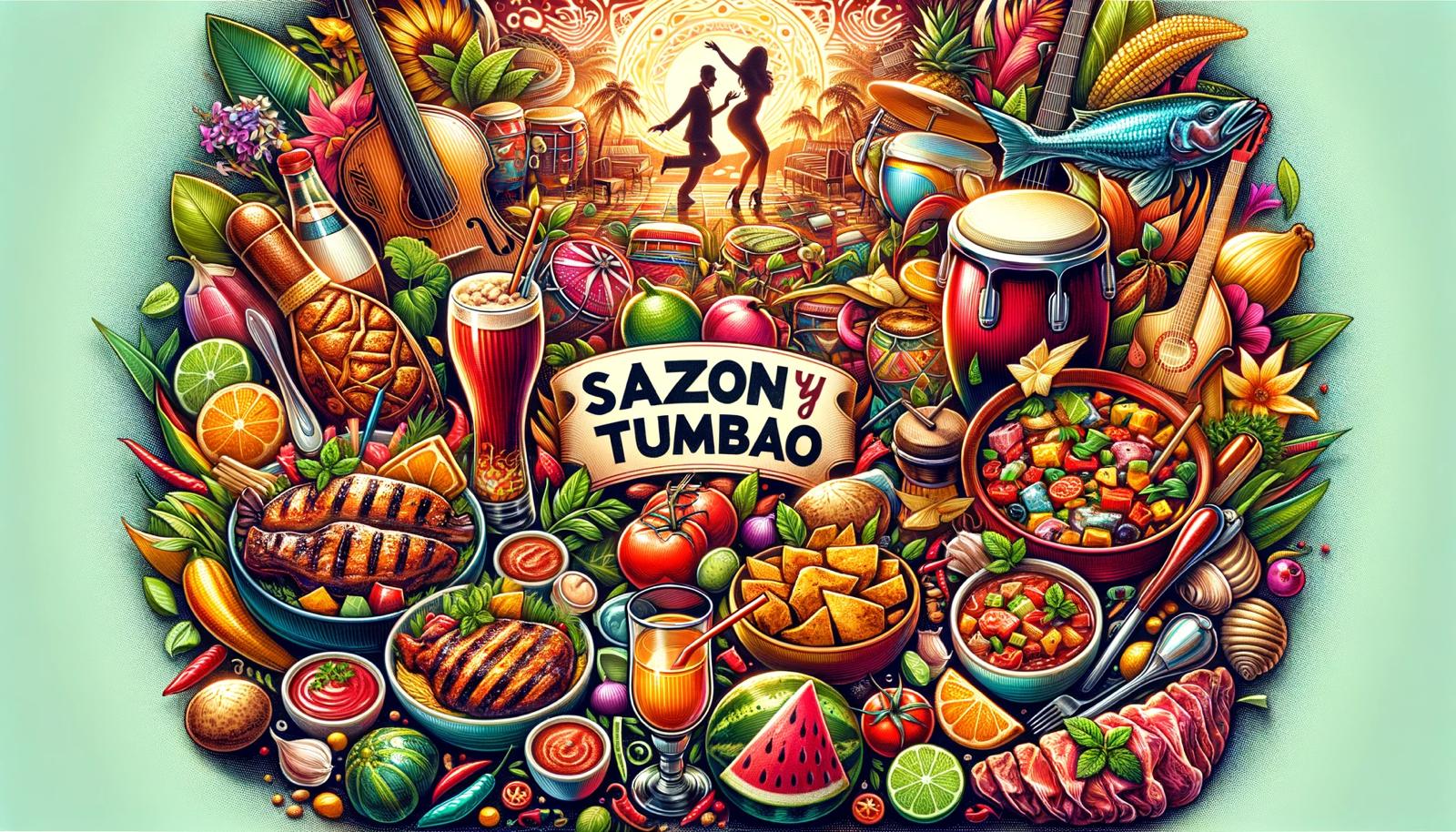


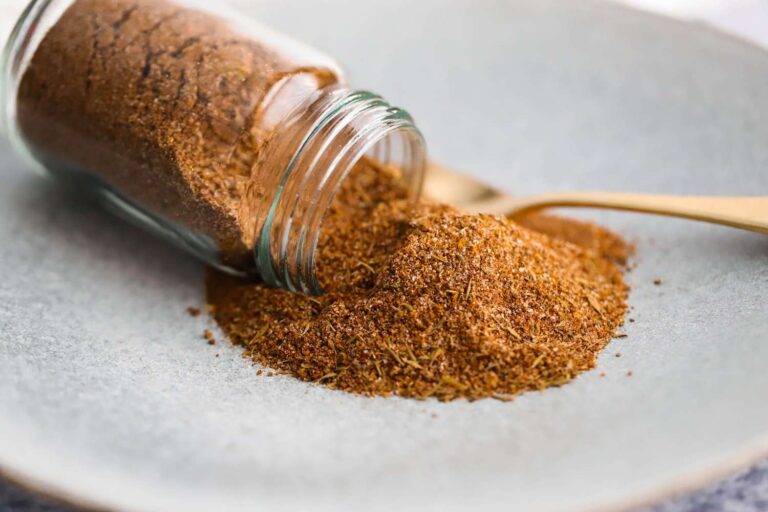

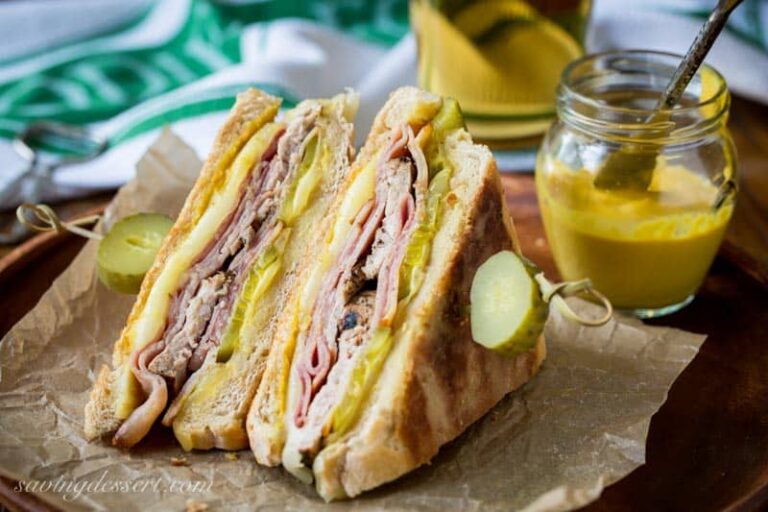
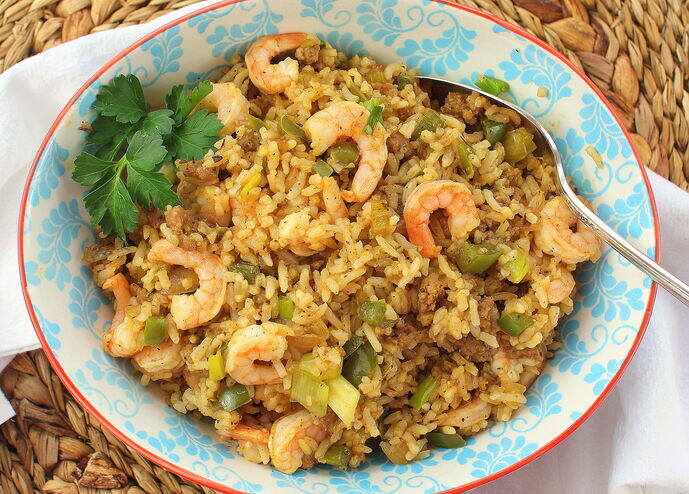
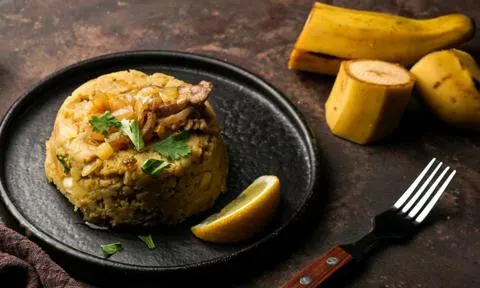
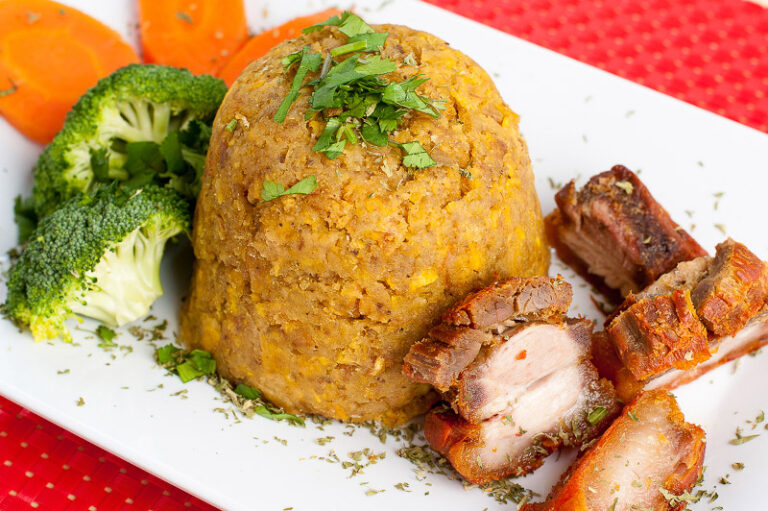
One Comment